What do you know about Nicaragua history?
I was a young adult in the 1980’s and while busy with other things, knew something was going on in Nicaragua concerning guerillas in the jungle and agitation in government.
I knew Iran-Contra had something to do with funding but was never really sure which side was which.
I knew the name Daniel Ortega, he of the designer sunglasses, and Violeta Chamorro, the widow thrust into political life when her editor husband was killed.
I gave Nicaragua little thought in the years between until young people I knew journeyed down to work in eye glass clinics sponsored by our church. Nicaragua history became more important when I made plans to head south myself.
Knowing nothing about Central American history, I checked books out of the library to read up on the subject. The Lonely Planet’s Nicaragua guide and Gioconda Belli’s The Country Under My Skin: A Memoir of Love and War told me of the sights worth seeing and about the emotions of life in a volatile Latin country.
Lynn V. Foster’s A Brief History of Central America covered all the countries of the isthmus separating the Pacific Ocean from the Caribean Sea.
A fascinating, though disconcerting, history it is. Various nations have been invading and taking charge of Nicaragua since the first conquistadors arrived from Spain circa 1502.
According to Yaro, our host at Sabalos Lodge, it goes back even earlier. “The Incas came from one direction and the Mayans from another. When they got to Nicaragua, they stopped.”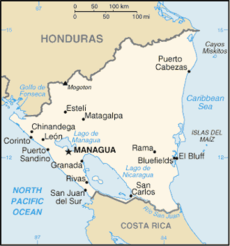
It’s understandable when you look at a map. Unless explorers were traveling on the mountainous western side of the country, they would have run into the wide Rio San Juan which stretches from the Caribean to the vast Lake Nicaragua.
There’s probably only a twenty-mile strip of actual land in southern Nicaragua for someone to traverse.
That thin strip of land may hold a clue for why so many in the last two hundred years tried to manipulate Nicaragua.
In 1848, folks traveling to California’s gold rush country from the eastern seaboard of the United States had two choices: sail around Cape Horn at the tip of South America or go up the Rio San Juan to Lake Nicaragua, sail across the lake and then take a train to the coast and resume sailing to California.
It only took a couple days longer to travel all the way down to South America and back.
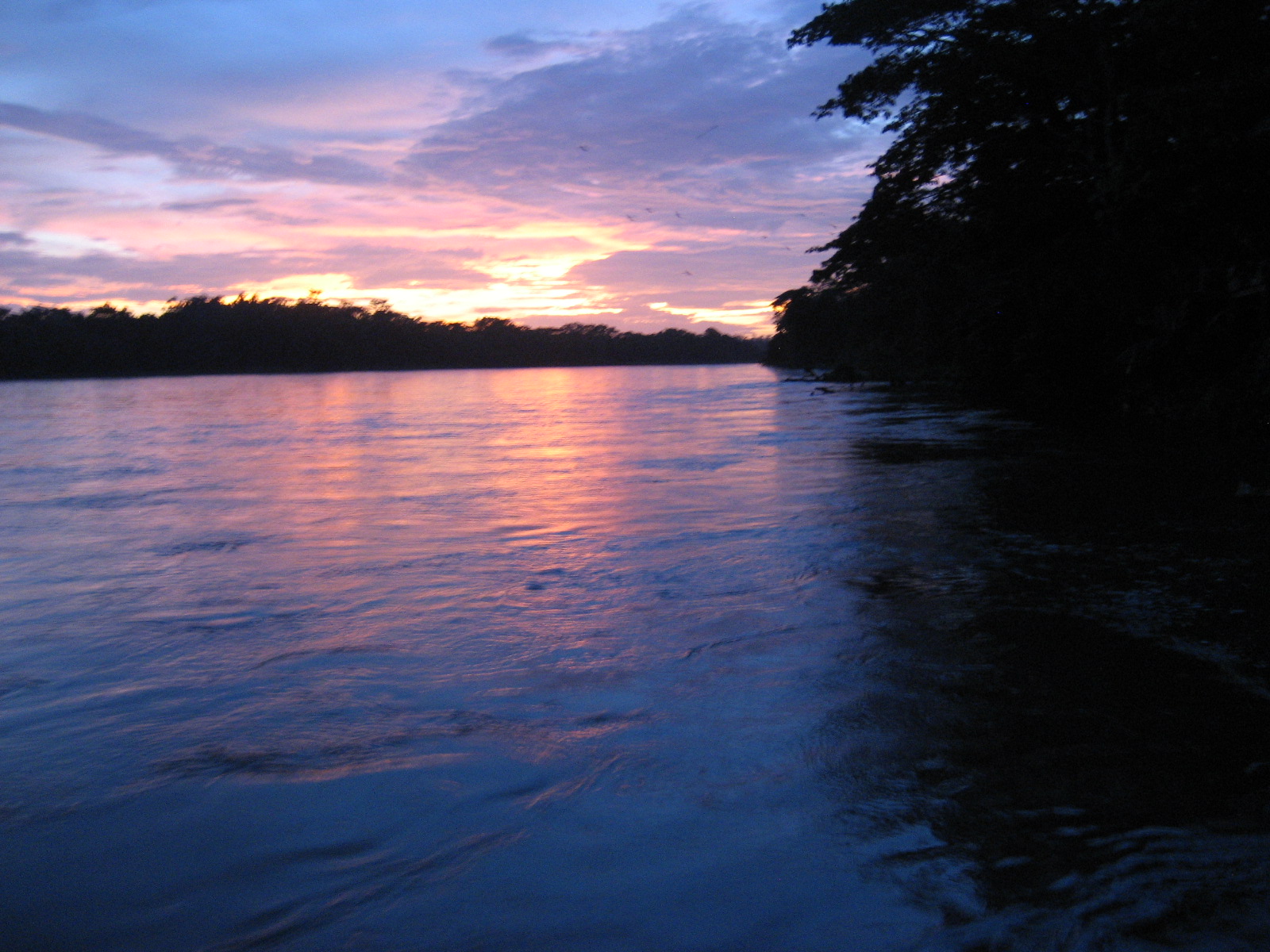 Many people expected the canal across the isthmus to be built in Nicaragua rather than in what was then Columbia and is now Panama.
Many people expected the canal across the isthmus to be built in Nicaragua rather than in what was then Columbia and is now Panama.
Indeed, the turn of the last century politicians were totally surprised when-then President Theodore Roosevelt directed work to begin further south than the Rio San Juan.
The great expectations of a promising future slipped away when the Panama Canal opened and shipping moved further south.
Caught between the weather patterns of the Pacific to the west, and the hurricane-waters of the Caribbean to the east, rain falls often and humidity is constant. Bananas grow well here, and other tropical fruits.
A lot of the fauna is similar to what grows in Hawai’i: houseplants run amuck.
Still, it’s a beautiful place filled with kind, dignified people. And almost every night, God sends a splendid sunset to bless anyone with eyes to see.
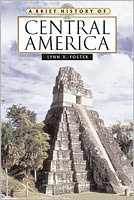
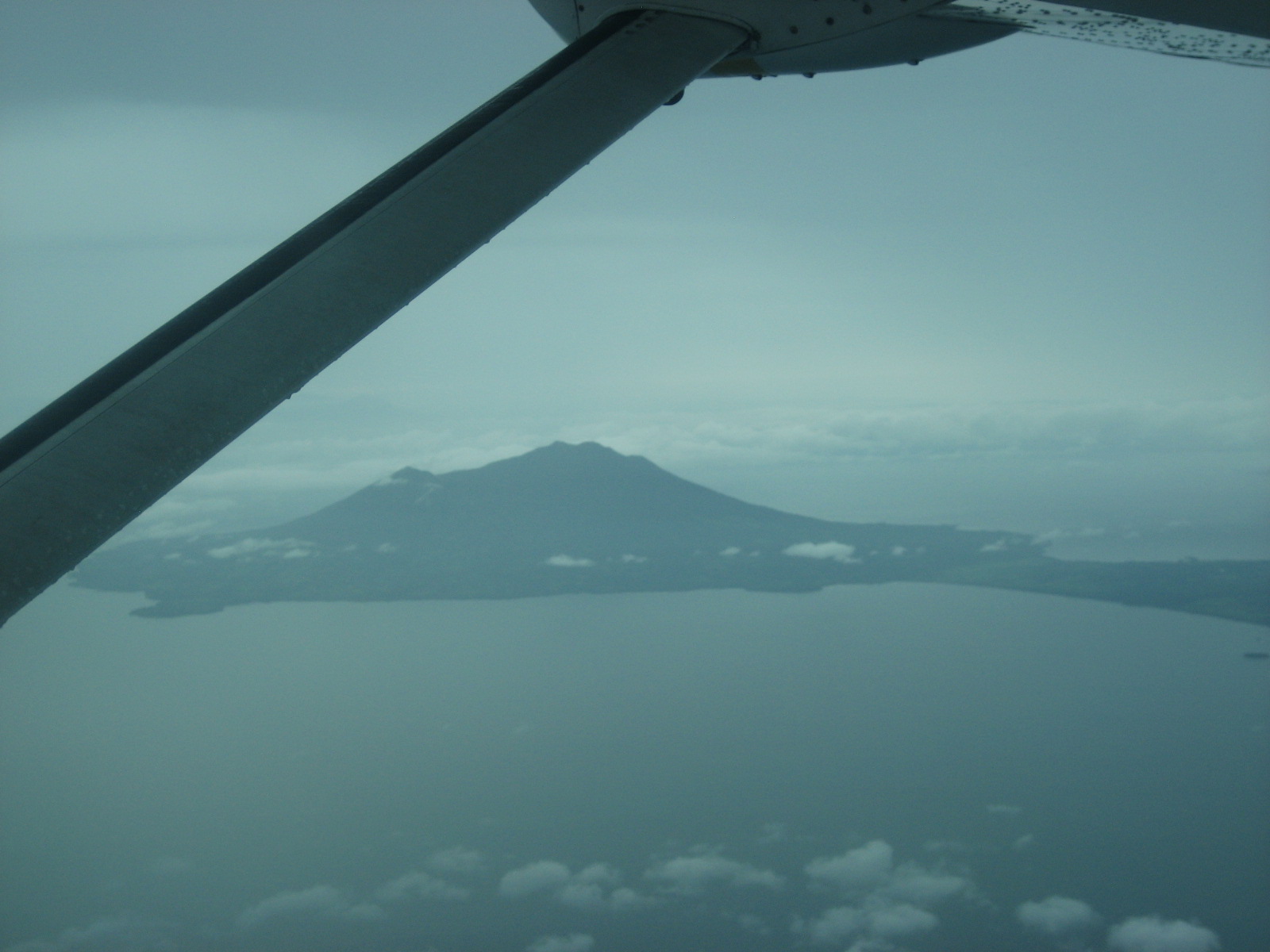
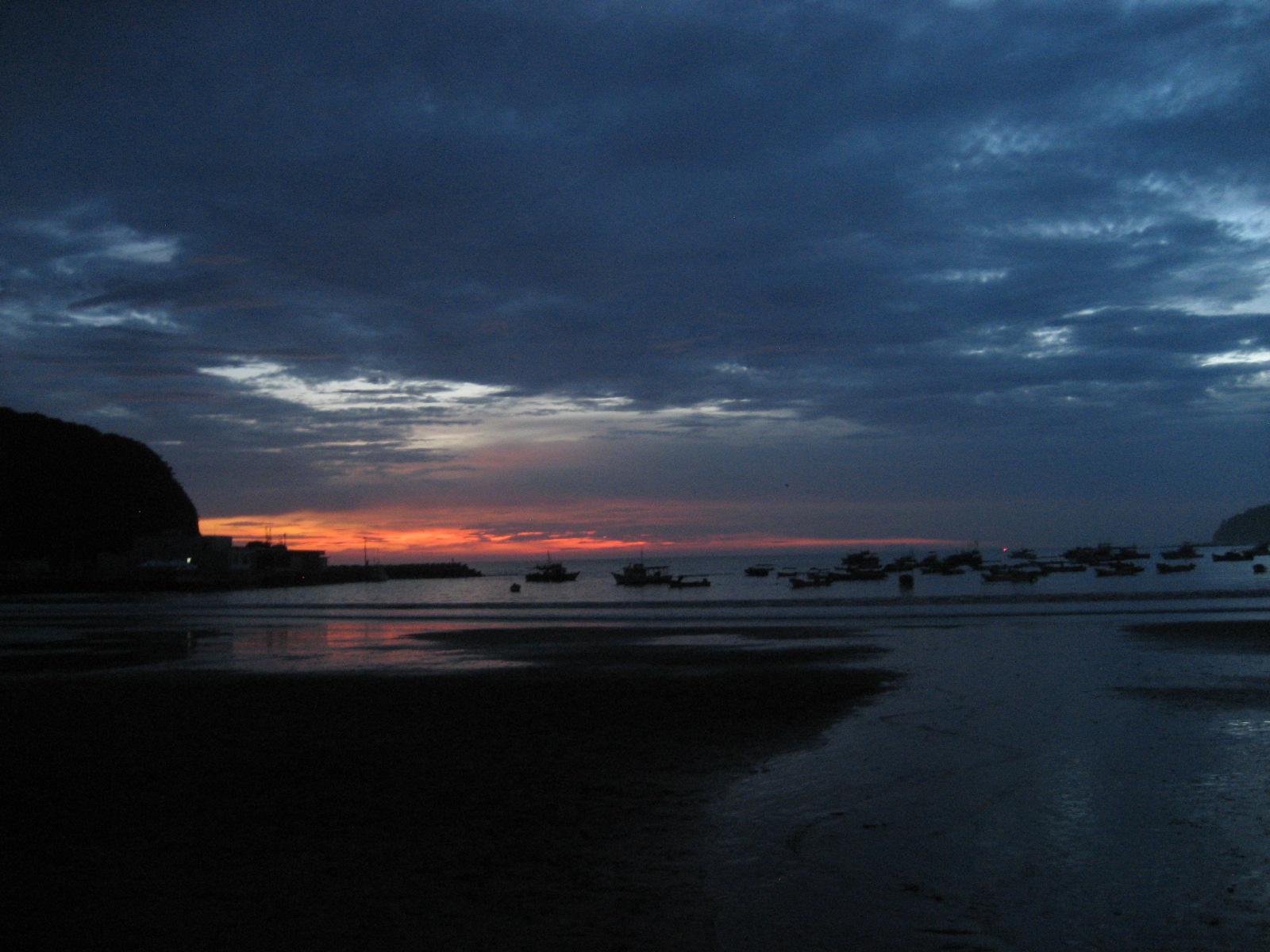




Thoughts? Reactions? Lurker?